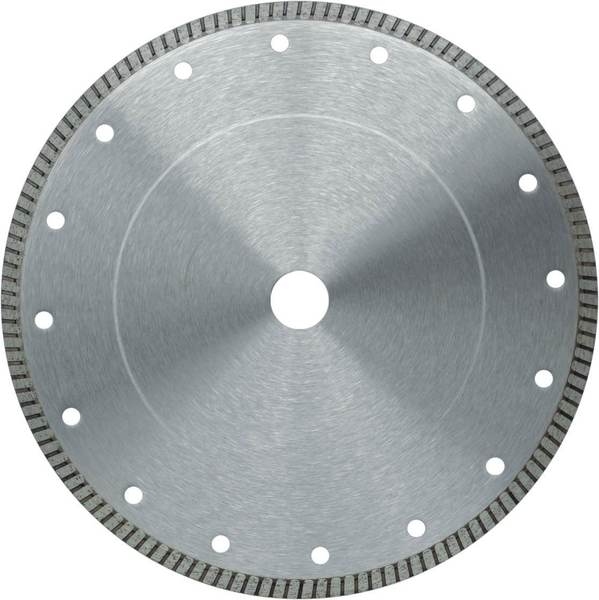When it comes to achieving precise cuts, the right tools make all the difference. Whether you’re a professional contractor or a dedicated DIY enthusiast, mastering cutting accuracy is essential for producing quality results. This guide will explore how to enhance your cutting precision, with a special focus on the diamond blade mitre saw, a versatile tool for cutting through tough materials.
1. Understanding Cutting Accuracy: Why It Matters
Cutting accuracy is crucial for ensuring your projects come together seamlessly. Precise cuts help you avoid wastage, improve efficiency, and maintain the integrity of your materials. Whether you’re working with wood, stone, or metal, using the correct tools for the job ensures every cut is sharp and aligned.
2. Choosing the Right Saw for the Job
The first step in improving cutting accuracy is selecting the right saw. Mitre saws are popular for their ability to make crosscuts, bevels, and angled cuts with precision. However, when cutting harder materials like concrete, stone, or tile, you’ll need to invest in a diamond blade mitre saw. Diamond blades are engineered to cut through hard surfaces without losing sharpness, offering both durability and precision.
3. Benefits of Using a Diamond Blade Mitre Saw
A diamond blade mitre saw offers several advantages over traditional saws:
- Superior Durability: Diamond blades are embedded with diamond particles, making them long-lasting and ideal for repeated use on hard materials.
- Precision on Tough Surfaces: The blade’s fine edges allow for clean, smooth cuts on surfaces like ceramic, granite, and even asphalt.
- Reduced Chipping and Dust: Unlike traditional blades, diamond blades produce minimal dust and are less likely to chip the material, resulting in a neater finish.
4. Tips for Enhancing Cutting Accuracy with a Mitre Saw
To get the best results with your diamond blade mitre saw, consider the following tips:
- Secure Your Material: Ensure the material is tightly clamped or held in place before cutting. This will prevent it from shifting, which can affect accuracy.
- Set the Correct Angle: For angled cuts, make sure the saw is properly adjusted to the right degree to avoid mistakes.
- Use a Slow and Steady Approach: Rushing through a cut can lead to mistakes. Take your time to guide the saw smoothly through the material.
- Regular Blade Maintenance: Even the most durable blades require maintenance. Keep your diamond blade clean and free of debris for optimal performance.
5. Maintenance Tips for Prolonging Blade Life
Investing in a quality diamond blade mitre saw is only half the battle. Proper maintenance will ensure your tool performs at its best for years to come:
- Regular Cleaning: After each use, remove dust and debris from the blade.
- Blade Sharpening: Although diamond blades stay sharp for a long time, they may eventually need sharpening. Always consult a professional for this task.
- Inspect for Wear and Tear: Check the blade for any visible signs of damage or dullness and replace it if necessary.
6. Additional Tools to Improve Accuracy
Besides your diamond blade mitre saw, there are other tools that can help you achieve better accuracy:
- Laser Guides: Many mitre saws come equipped with laser guides that project a line where the blade will cut, making it easier to align your material.
- Measuring Tools: Use a reliable tape measure and angle finder to ensure precise measurements before cutting.
- Workstation Stability: A solid and level work surface is essential for keeping the material steady during cutting.
7. Final Thoughts: Precision is in the Details
Enhancing your cutting accuracy starts with using the right tools, such as the diamond blade mitre saw. By focusing on proper technique, maintenance, and additional accuracy-enhancing tools, you can elevate the quality of your cuts and ensure flawless project execution every time.
Incorporating these best practices will help you achieve the highest level of precision, no matter how tough the material or how complex the project.

